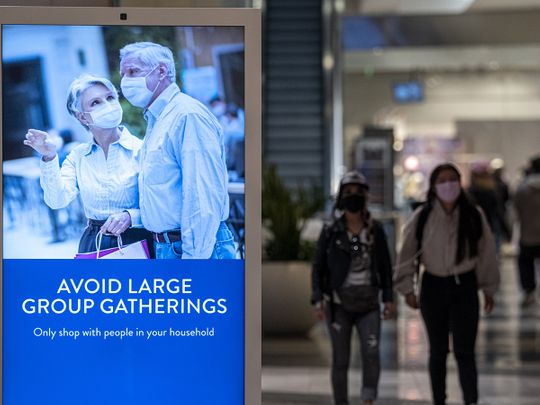
US President Joe Biden came into power with a mission to uplift the middle-class of America.
His massive spending plans on infrastructure and clean energy along with his ambition to provide health insurance to an estimated 97 per cent of the country’s population indicates that he is planning to address the issue of economic inequality in the US.
But is it so simple? Not really.
When Biden revealed his detailed economic plan for the 2020’s presidential election, he highlighted the importance of investing in America’s middle-class to boost their global competitiveness. Biden won the elections with huge support from the middle- and lower-middle-class income groups of American society.
No eluding this one
The President is facing several challenges including a high unemployment rate and the economic fallout from the pandemic. But the biggest issue Biden needs to solve is America’s rising economic inequality.
The first thing that comes into your mind when someone says economic inequality is the income gap? It’s not that simple. Economic inequality is not only an income gap, it’s about the unequal distribution of opportunities within the different groups of the society.
You ever wondered why a rising number of average American households need to borrow at the end of each month to fulfil their basic needs? Because the economic inequality in the US is at its highest level in decades.
Thinking beyond that 1%
According to the latest data published by the Federal Reserve, the top 1 per cent of Americans have a combined networth of $35.44 trillion, which is nearly 27 per cent of all household wealth in the country.
There are always problems within the problems, and when we talk about racial economic inequality, it presents an alarming situation. In September, the Federal Reserve released the results of its survey of consumer finances to find the disparities in wealth by race and ethnicity in the country.
The median wealth for a white family stood at $188,200, compared to $24,100 for an African-American and $36,100 for Hispanic. Biden is planning to increase racial equity across the American economy through investments in affordable housing along with a culture of fair compensation.
Lopsided reforms
While Biden has shown intentions to address the alarming gap, he has to accelerate his efforts before it reaches a point of no return. There are several reasons behind the inequality, but the economic policies of the former President Donald Trump and the pandemic accelerated the surge. Trump introduced tax relief for corporates and supported wealthy Americans. He argued that the business-friendly policies will have a trickle-down effect on the economy, but that didn’t happen.
The tax cuts for wealthy Americans helped the top 1 per cent, while the pandemic led to millions of lost jobs due to nationwide lockdowns. Now that economy has started recovering slowly, there are fears among America’s middle-class that it will only favor the wealthy.
Biden has introduced an ambitious spending plan to increase GDP growth, but the biggest challenge will be to make sure every American gets an equal opportunity during the recovery.









